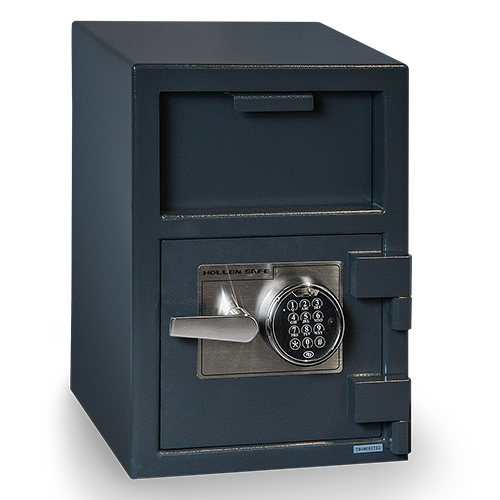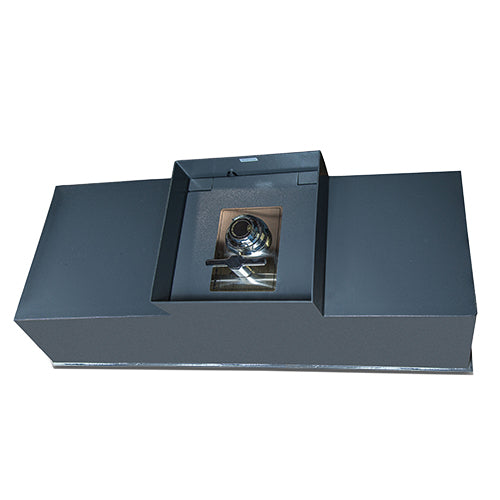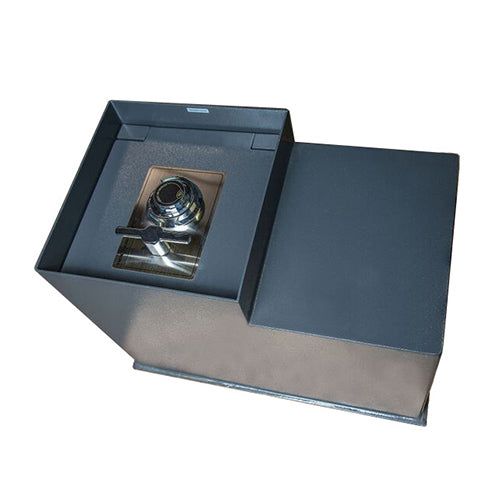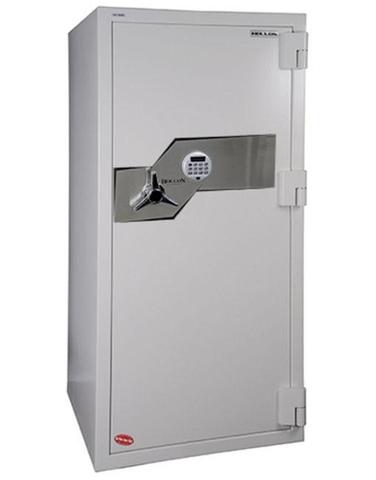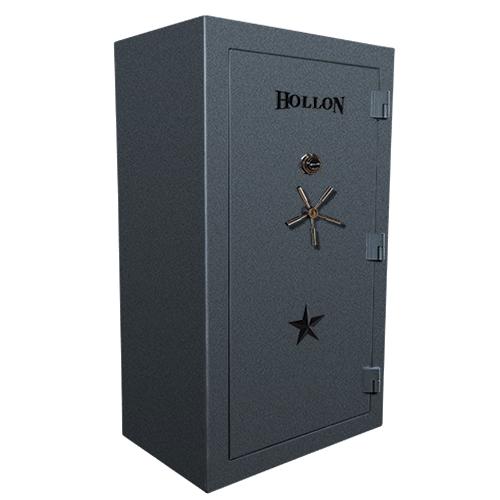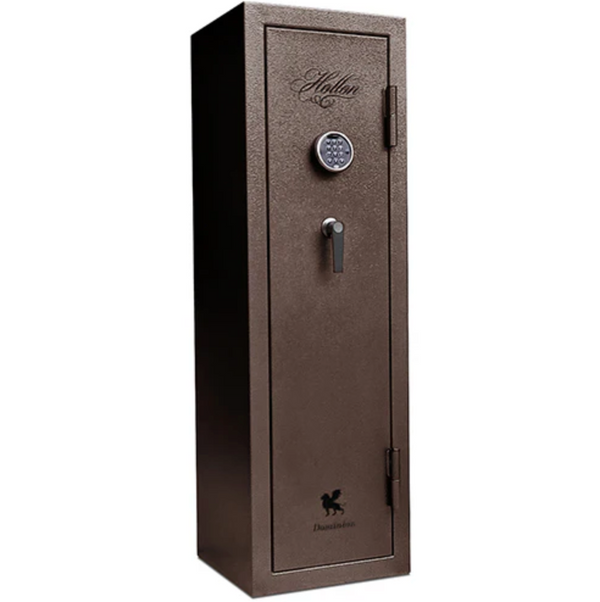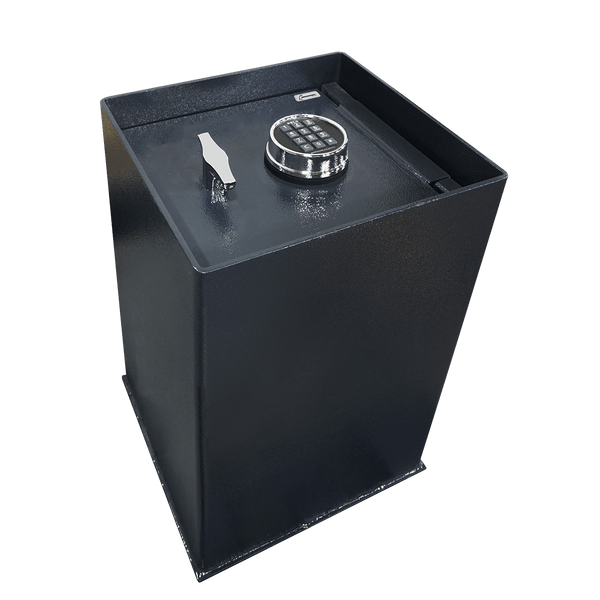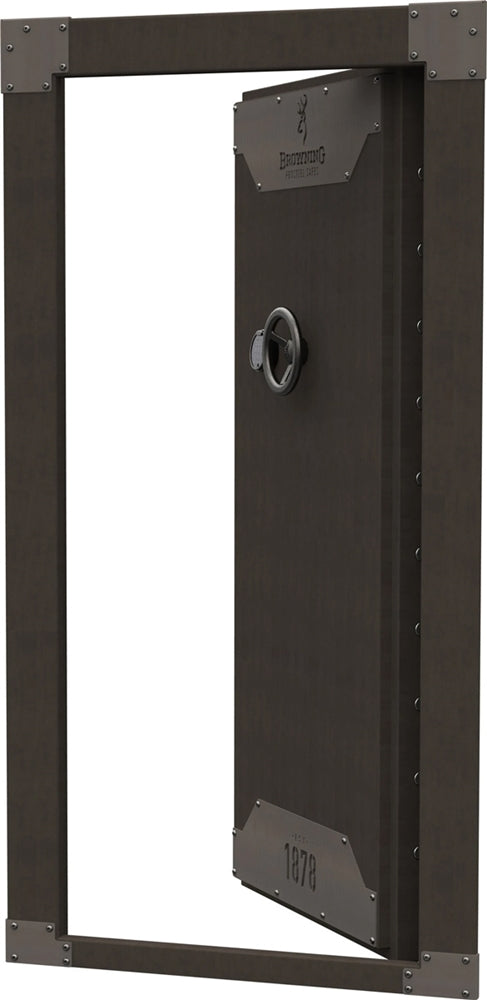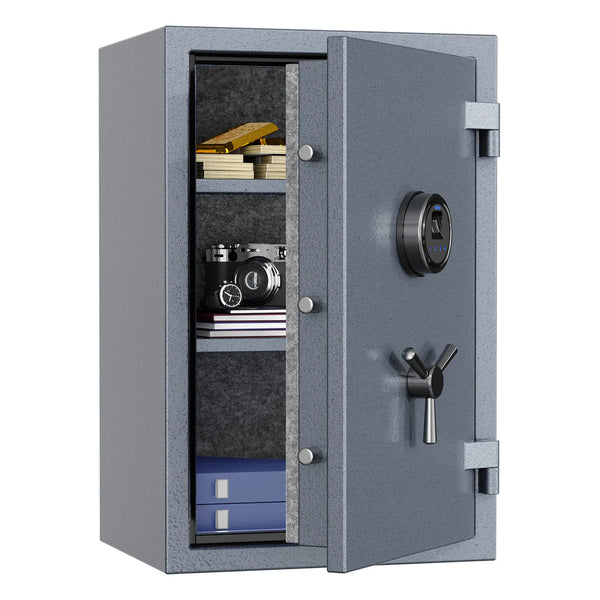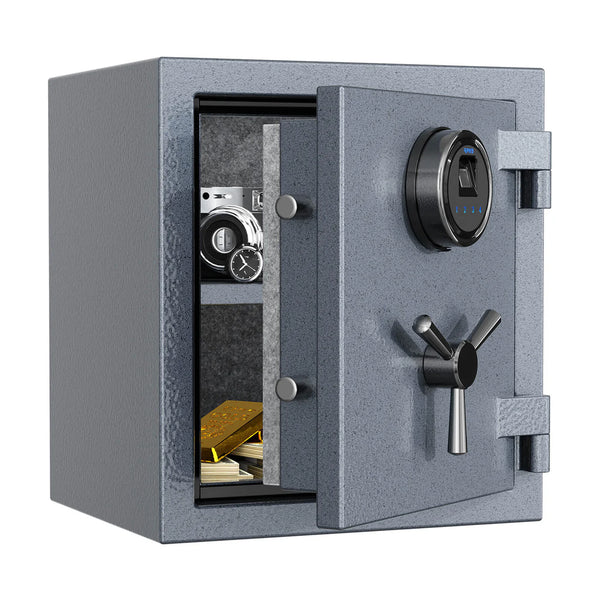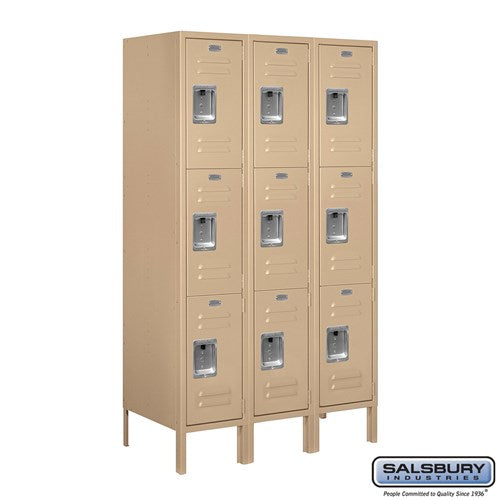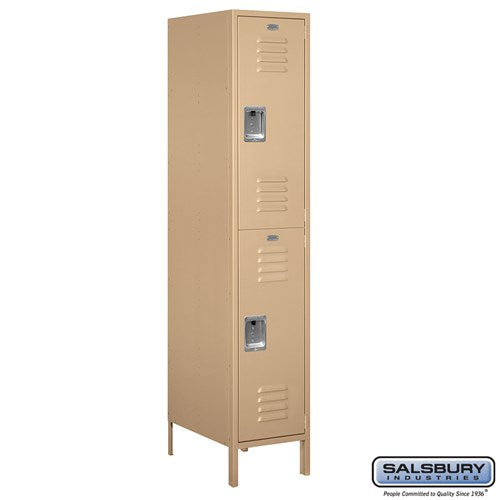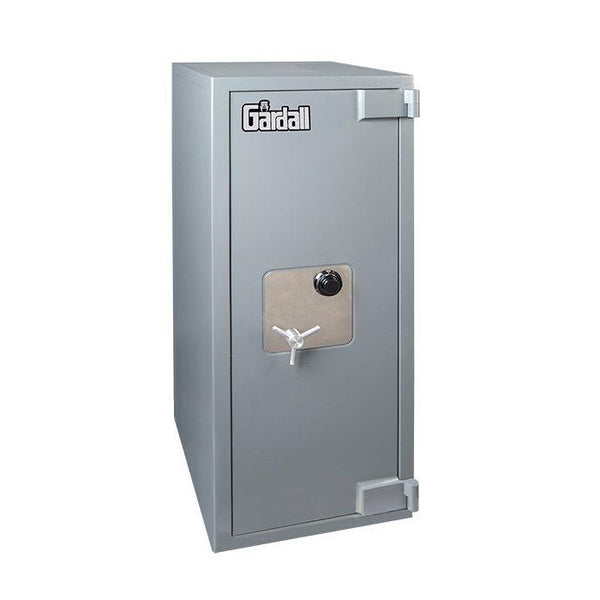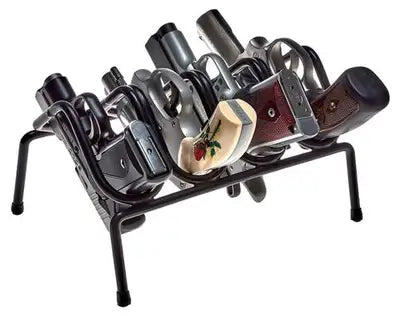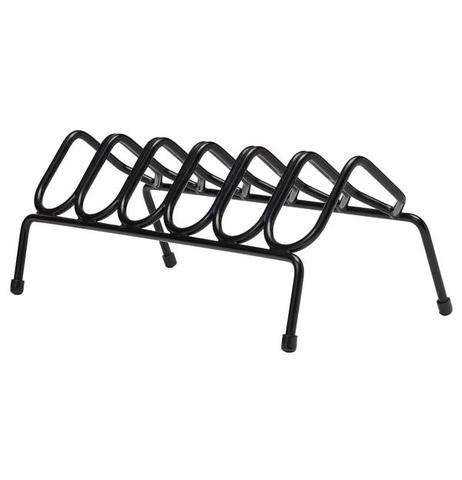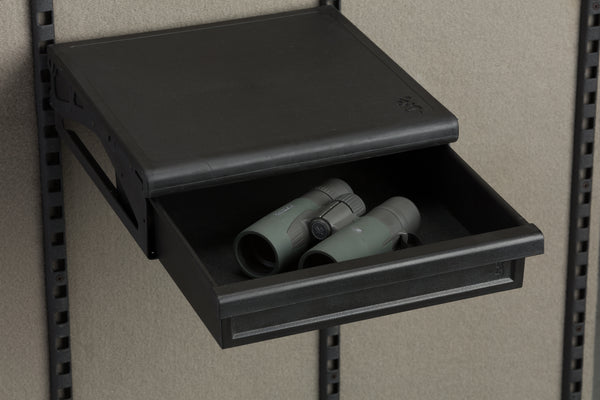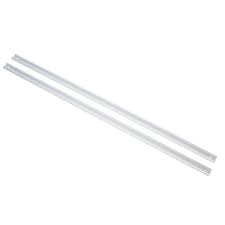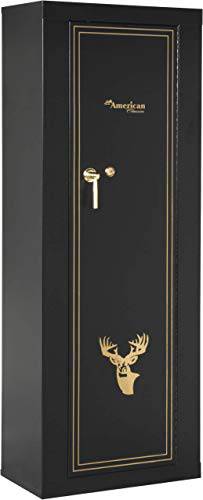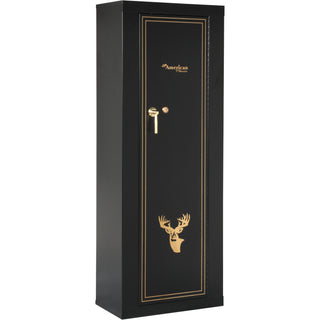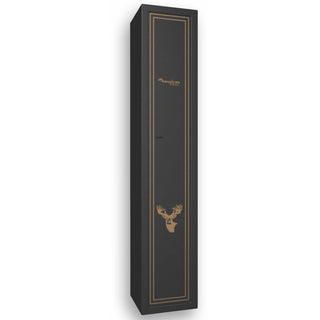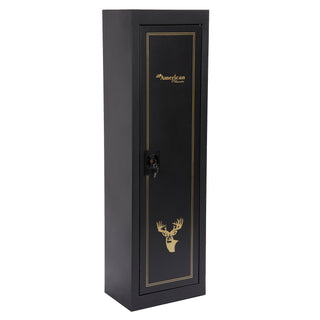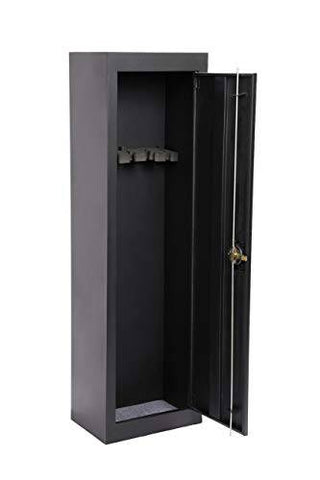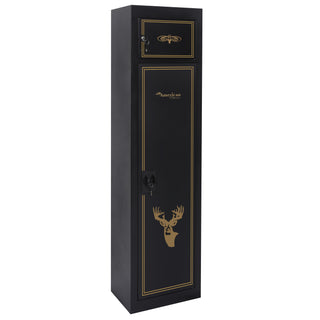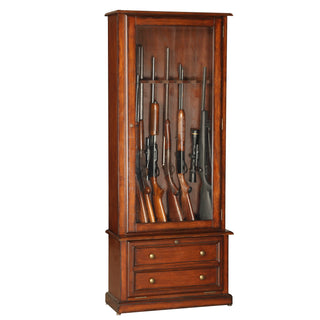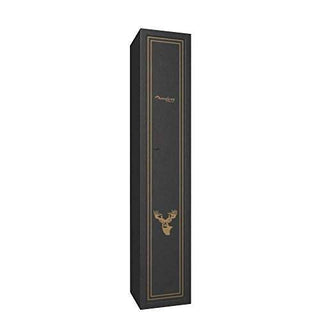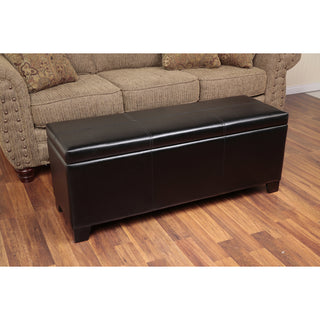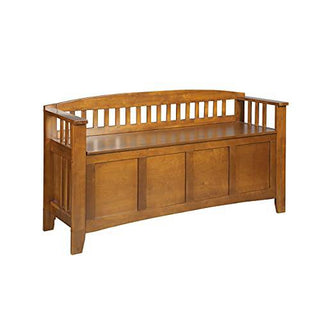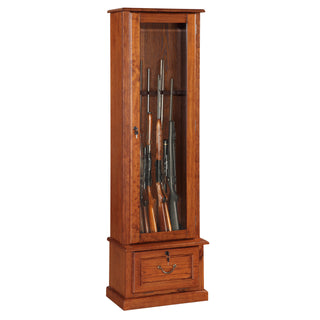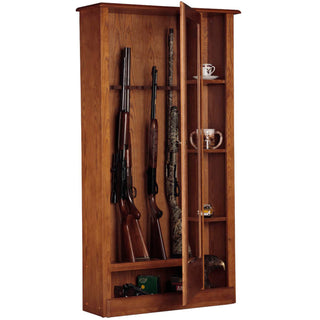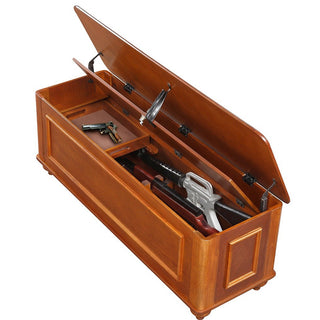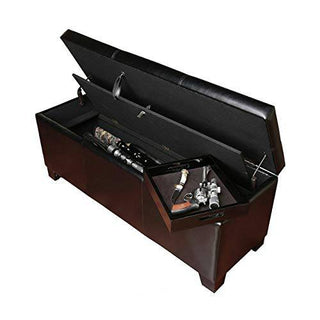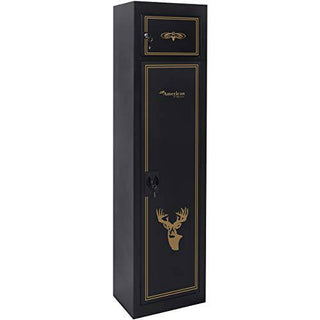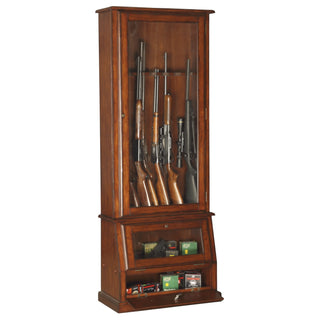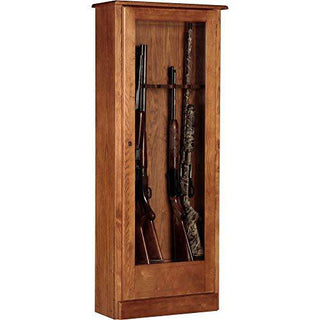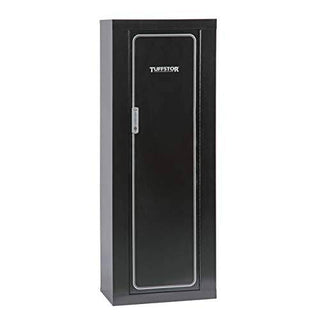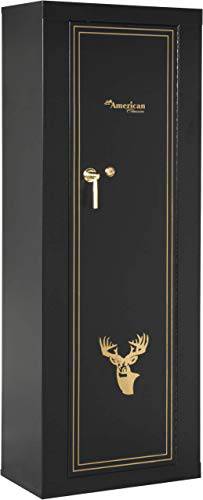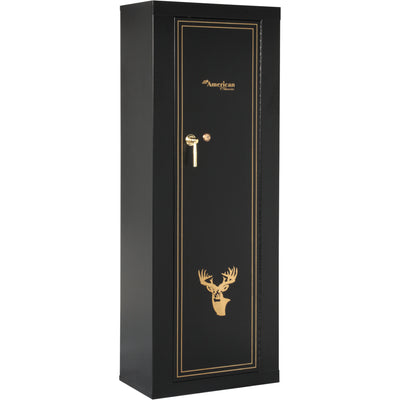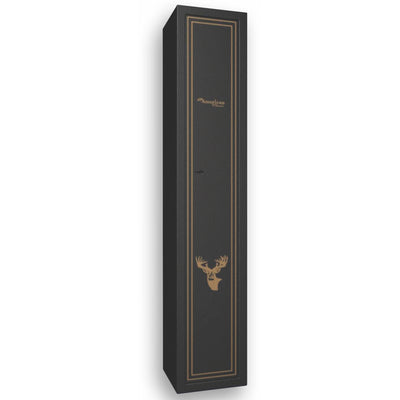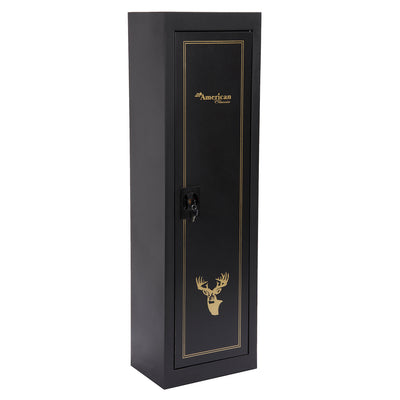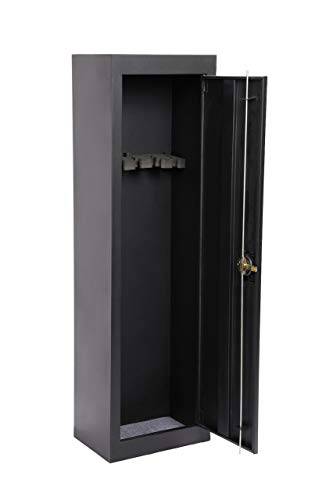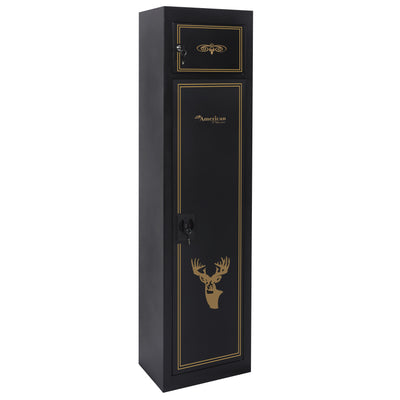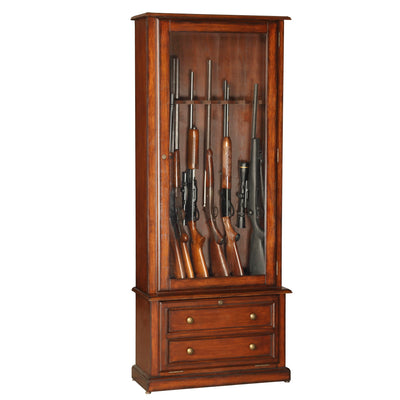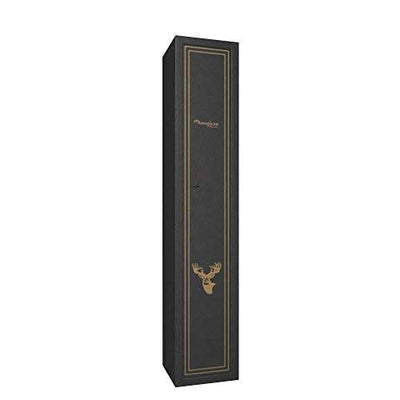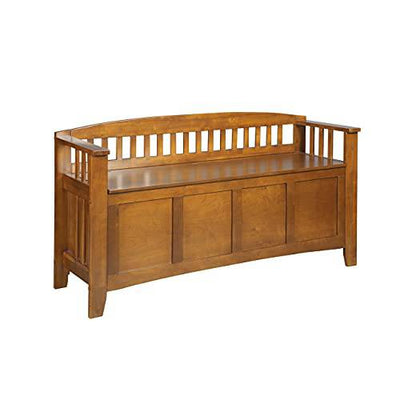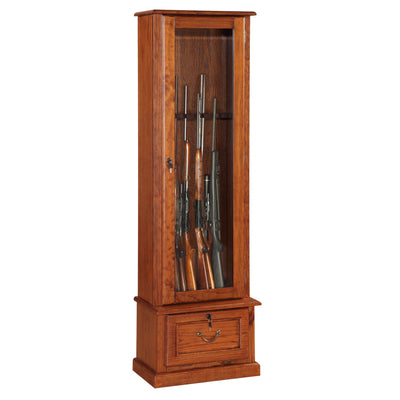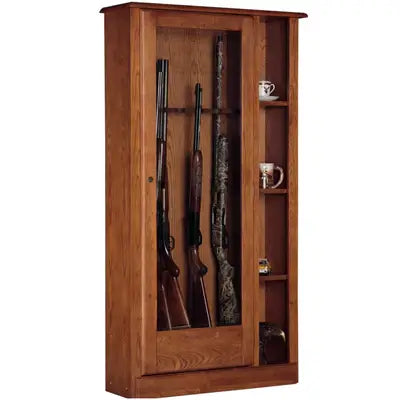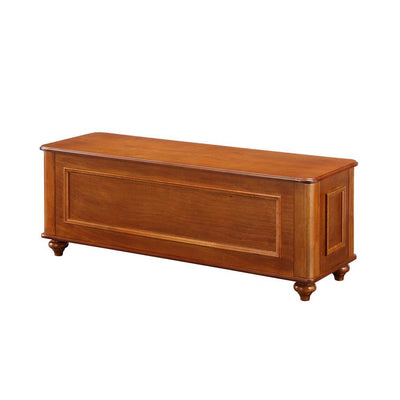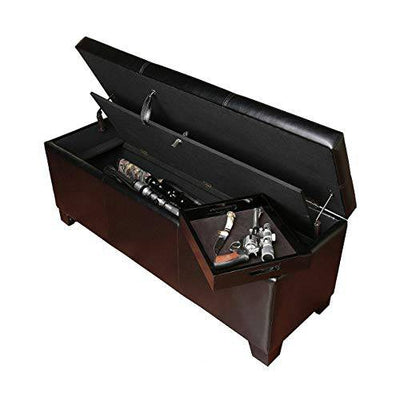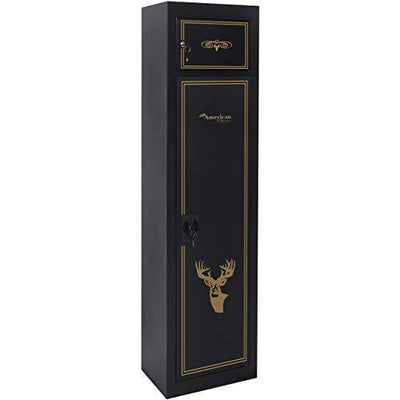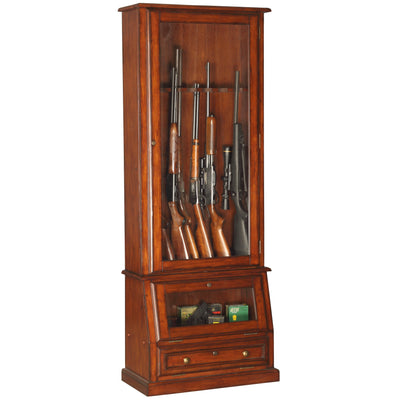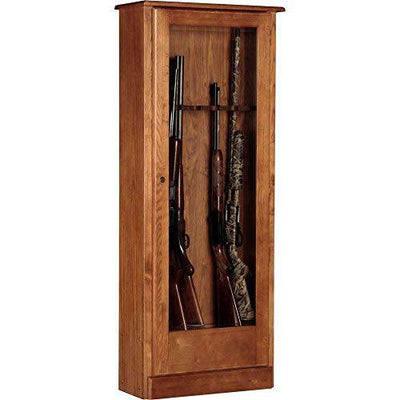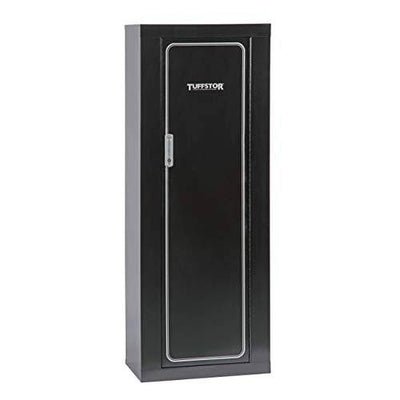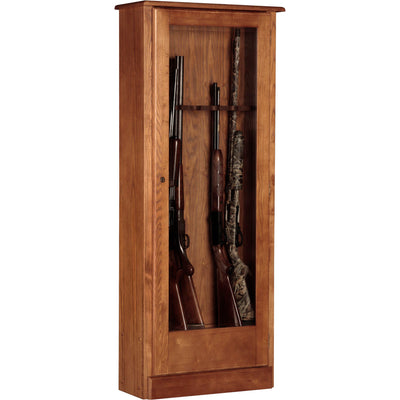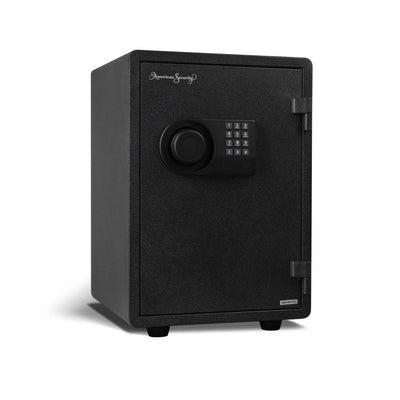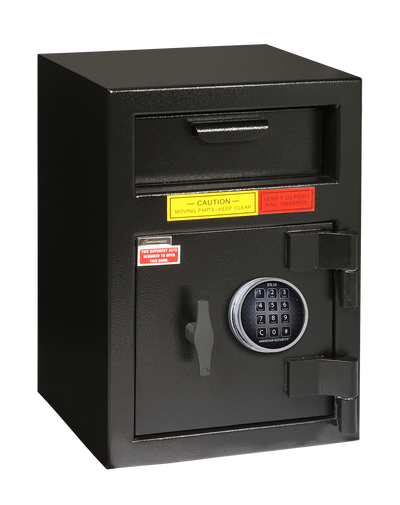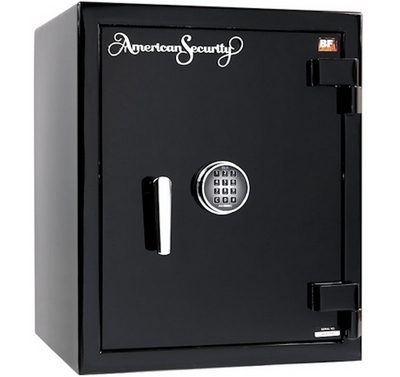
*This post contains affiliate links to products. We may receive a commission for purchases made through these links, but it never influences our product selection process.
Table of Contents
- Introduction
- So, do fireproof safes contain asbestos?
- Why Was Asbestos Used in the Past?
- What are the three primary diseases associated with asbestos exposure?
- How does asbestos exposure from safe usage affect the user?
- What to do if you think your old safes may contain asbestos?
- What are Fireproof Safes Made Of?
- What are Old Safes Made Of?
- Conclusion
Introduction
It is not uncommon for people to be concerned about the safety of fireproof safes. Do they contain asbestos? What are the health risks of using them? Do you need a safe to withstand fires, or can any old one do? In this blog post, we will answer all these questions and more. We will also discuss some other benefits of having a fireproof safe in your home.
So, do fireproof safes contain asbestos?
The short answer is no--fireproof safes generally do not contain asbestos. Modern fireproof safes do not, and never have, contained asbestos. However, it is possible that much older safes (before 1989) had asbestos because it was standard practice to use asbestos for heat insulation. Also, beware of homemade safes, as often a DIY owner might have used asbestos because it was once cheap and easily accessible.
Rather than worry about asbestos, think of all the positives of a safe. Using a safe has many benefits other than just being fire-resistant! Safes protect valuables like cash and jewelry from burglars who might desire these items but would otherwise walk away empty-handed when faced with either a locked safe or a destroyed one. They also protect you from fires, floods, and other natural disasters that might cause damage to your home.
Why Was Asbestos Used in the Past?
Asbestos is a naturally occurring mineral used for thousands of years due to its unique properties. It's fire-resistant, durable, and an excellent insulator. These qualities make it an attractive material for various applications, especially in construction and manufacturing.
In the context of safes, asbestos was used primarily for its fire-resistant properties. Before the health risks associated with asbestos were widely understood, it was considered an ideal material to protect the contents of a safe from fire. The mineral's ability to resist high temperatures without burning or conducting heat meant that the safe's documents, cash, and other valuables would remain unharmed even if a fire raged outside.
However, by the late 20th century, the health risks associated with asbestos became more widely recognized. Prolonged inhalation of asbestos fibers can lead to serious and fatal illnesses. As a result, the use of asbestos in products, including safes, was phased out in many countries. Today, other materials that do not pose health risks have replaced asbestos in the production of fireproof safes.
What are the three primary diseases associated with asbestos exposure?
Asbestos is dangerous because of its long-term detrimental effects on the pulmonary system. The three diseases most often associated with asbestos exposure are:
-
Mesothelioma
-
Lung cancer
-
Asbestosis, a severe form of lung disease that causes breathing difficulties and can be fatal.
What to do if you think your old safes may contain asbestos?
Asbestos is not in most modern-day fireproof safes because it has been banned by the EPA since 1989. It was initially used as an insulator for heat protection, but its dangerous health effects were well known at this point, so there are no longer any products containing asbestos on sale to consumers anywhere in the world today.
What to do if you think your old safes may contain asbestos?
-
Do not keep your old safe in the same room as where you sleep.
-
Do not use an old safe to store clothes that may be contaminated with asbestos fibers.
-
Contact a professional if you plan on demolishing or remodeling your home; they will have more information about safely removing or handling these materials.
What are Fireproof Safes Made Of?
Modern fireproof safes are primarily constructed from robust steel, ensuring a sturdy exterior that can deter unauthorized access. Inside, they are fortified with insulating materials such as gypsum (a type of drywall), concrete, or fiberglass.
These materials are meticulously chosen for their resistance to high temperatures, ensuring that the contents of the safe remain protected even during intense fires. Whether you're looking to safeguard important documents, jewelry, or other valuables, explore our diverse collection of fireproof safes to find one that aligns perfectly with your security needs.
What are Old Safes Made Of?
In the past, safes were sometimes crafted from wood, giving them a distinct, antique appearance. They might have been lined or insulated with asbestos to enhance their fire-resistant capabilities, a material once praised for its heat-resistant properties. However, with the discovery of the health risks associated with asbestos, its use has become a significant concern.
If you come across an old wooden safe, it's essential to exercise caution. If it contains asbestos or is unsure of its composition, it's best to avoid using it or consult a professional to determine its safety.
Conclusion
Choosing a reliable fireproof safe is crucial to ensure peace of mind and the utmost protection for your belongings. Throughout this article, we've provided insights into the world of fireproof safes, aiming to equip you with the knowledge to make a confident choice. Remember, a quality fireproof safe isn't just a purchase; it's an investment in security and peace of mind.









